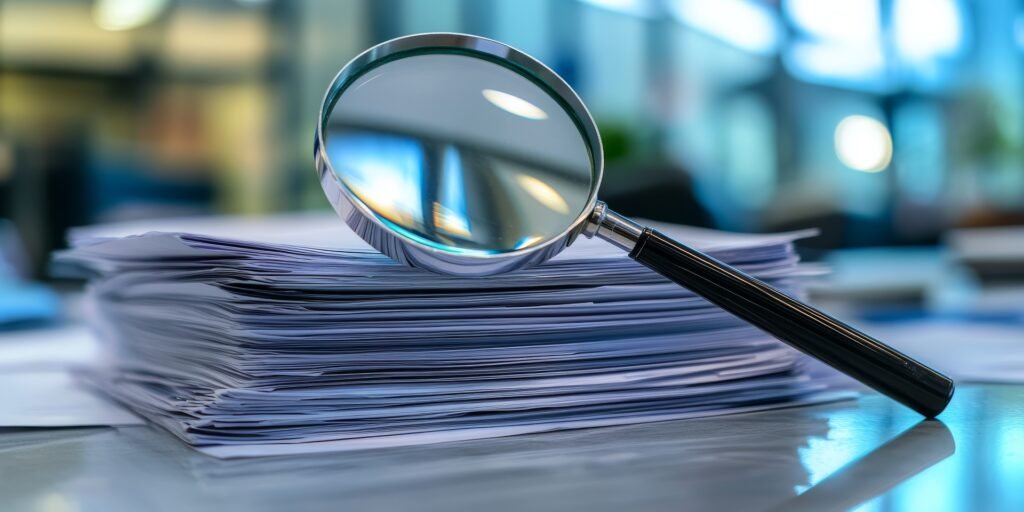Table of contents:
The phrase NTF Due Diligence is not new in the digital space. It has come to describe a routine part activity that is a part of dealing with crypto assets. But what does it mean and how does it work? That’s exactly what this post is all about. So, sit back and keep reading to learn more.
NTF Due Diligence Explained
Due diligence is a phrase that describes the series of investigative actions you take as a business owner or investor before making the commitment to anything. So, when people ask “What is DeFi due diligence?” The answer is simple. It is basically making sure that the authenticity, ownership and value of a digital asset is verified before buying or investing in it.
This means analyzing the protocols, smart contracts, and platforms within the DeFi ecosystem to ensure everything is secure, and also complies with regulations. It can also include evaluating the development team’s credibility, the project’s codebase, security audits, and the overall community engagement.
With frauds constantly rising in the crypto space, it makes sense to be vigilant and carry out all checks before any major commitment. Just how big of a risk are we talking about here? Well, in 2024 alone, there was an increase in reported crypto crime up to over 21% compared to the year before. In total, the value of such crimes was over $2 billion.
On the other hand, when you do thorough DeFi due diligence, you will be able to quickly spot potential risks and take steps to safeguard your investments in decentralized financial platforms.
What Are the Three Levels of Due Diligence
In most cases, you will find that there are different types or flavors of due diligence if you will. This is what is known as the three levels of due diligence. Let’s break them down:
#1 Basic Level
As the name suggests, the basic level is pretty much fundamental. The main focus here is to gather as much information as possible. This helps you spot potential risks. So, at this stage you do a lot of preliminary background checks. You also try to verify all third-party claims and see if they are listed on any global watchlist. Think of it like basically reading those terms and conditions you usually skip.
# Enhanced Level
Conducting any NTF due diligence at this level involves digging deeper for insight that can show you how secure this potential investment or purchase is. You want to look at public records and media reviews, and conduct database searches. If possible, try to check local sources for assessment as well. In some cases, you might even ask the seller to issue reports that evaluate bribery, corruption, and other regulatory risks. All of this is done to ensure that there is full compliance and to avoid legal issues in the future.
#3 Comprehensive Level
Think of this as the full-on FBI mode level of checks and is usually reserved for high-value transactions where the stakes are much higher. You are taking everything under the microscope including the creator. Is he known for riding off into the sunset with people’s money?
In addition to this, you dig through the Blockchain history, hire some legal experts to review your contract and make sure that you conduct independent appraisal. The entire aim of this level of due diligence is to ensure that there are no hidden risks or issues that could impact your investment somewhere down the line.
You have probably heard anyone ask What does IDD stand for due diligence? Then now you know it stands for Investor Due Diligence. It basically describes the comprehensive level due diligence.
Three Types of Due Diligence
If you have been wondering “What are the three types of due diligence?”, then this section is going to provide you the answers you seek. Think of it as having three flavors each of which is nice but it’s eleven better when combined. That’s because each type has its perks.
- Legal due diligence. Imagine buying a cool piece of NFT art only to get sued later because the seller was not the rightful owner and had no right to sell?
That would suck for sure. This is what legal due diligence aims to eliminate. This way there will be no surprise legal disputes waiting for you in the future.
- Financial due diligence. Even if there are no legal disputes with your new digital asset purchase, you still need to verify the financial value. This is where financial due diligence comes in. It involves taking a closer look at the market trends and the artist reputation.
You get to check what similar asset has also been sold and how much demand your new asset has in the NFC marketplace. Knowing the answers to these can help you know if this purchase has any investment potential or resale value.
- Technical due diligence. This part makes sure that everything checks out as far as the technical framework is concerned. For example, this includes what Blockchain your new digital asset resides on but it doesn’t end there.
You want to see if the smart contract is solid or is it held together by some sort of digital Dutch tape. As long as all security measures are in place and the technical framework is solid, then you have no reason to worry.
Things to Consider In an NFT Due Diligence Checklist
Here is a list of what to look out for:
- Check the founder’s background. You could look at their bio on their LinkedIn profiles but don’t stop there. Dig deeper. Check the blockchain history, verify wallet address and metadata.
- Company’s history and current growth trajectory — this includes the number of people employed by the company, their roles, etc.
- Check what the NFT community is saying about the asset and confirm that the fees a d security measures are up to par.
- The market value of the company and the assets.
- The business specialization of the company and their unique selling point (USP).
If you are the one applying for investments, then you will need to provide the same information above for the prospects. But in addition to that, you will have to include:
- Marketing channels, pricing on each client, a breakdown of your price policy, etc.
- Your ambitions and concrete steps you are taking to make those dreams a reality.
- A breakdown of your finance including data on your MRR and net profits for the last 6 months, your debtors data and debt recovery plan and much more.
- Your client database includes the ratio of regular and one-time customers, geography, average checks, etc.
- Your legal compliance report —this shows how the legal part is structured and how these are adjusted to the customers and financial flows.
- Employee history including the number of staff employed, process for hiring, current attrition rate and reasons for leaving, etc.
- Operational reports such as the tools you use, your documentation and decision making processes, etc.
- A breakdown of your sales funnel including the most efficient channels, current marketing strategy, presale process and more.
Conclusion
NTF Due Diligence has to become a regular part of the digital transactional world. With the NFT world constantly morphing, it provides a secure way to help business owners and investors avoid financial risks. Whether you are looking to buy, invest or make your asset or business attractive to investors, you can follow the steps in this post to help guide you through.





